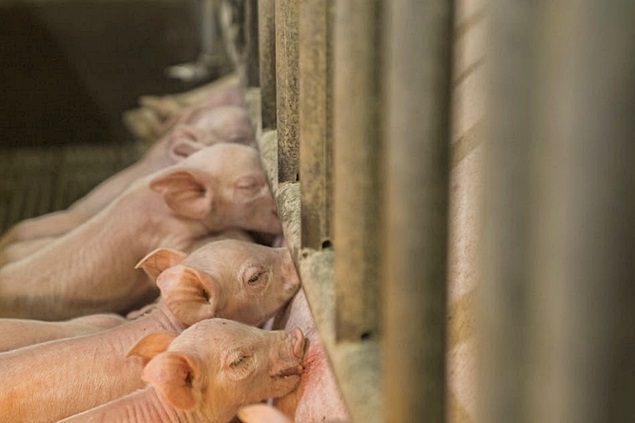
The industrial production of compound feed in the EU27 is expected to show a further decline in 2023, with an estimated decrease of nearly 2.4 million tons, according to forecasts provided by members of Fefac, the European Feed Manufacturers' Federation, as cited by AllAboutFeed.
The declining trend reflects market challenges.
The production of compound feed for farm animals in the EU in 2023 is estimated at 144.3 million tons, a decrease of 2% compared to 2022.
The animal feed market in the EU this year reflects ongoing political and market crisis management pressures and an increasing demand to provide sustainable feed solutions to address market dynamics and regulatory considerations.
These trends are a response to the negative impact of climate change and animal diseases on raw material supply, such as droughts and floods, and on animal production capacity, including avian influenza (AI) and African swine fever (ASF).
Furthermore, changes in production methods, as well as a reduction or shift in demand due to changing consumer preferences (the impact of food price inflation), affect differential compound feed production in European countries.
While countries like Germany, Ireland, Denmark, and Hungary have recorded approximately a 5% decrease in compound feed production, other countries like Austria, Bulgaria, Italy, and Romania have experienced modest growth.
Pig feed sector
The pig feed sector has been the most affected, with an additional decrease of almost 2.5 million tons. For instance, Germany faced a reduction in pork production due to the loss of Asian export markets and negative media campaigns. Denmark recorded a substantial 13.6% decline in pork production.
Poultry feed production
Poultry feed production has shown a more positive trend, with an increase of 0.9 million tons, as some countries recover from the impact of AI in 2022.
Cattle feed sector
Cattle feed production has experienced a decrease of 0.8 million tons. Countries like Spain and Portugal faced water shortage issues leading to farm closures, especially in the ruminant sectors. Challenges such as low milk prices and cattle diseases further impacted the industry.
Fefac: 2024 remains uncertain
Key factors such as the impact of animal diseases, economic uncertainty, persistently high food price inflation, ongoing meteorological irregularities, and the increased import of poultry products from Ukraine affect local production.
The influence of "green and animal welfare" policies is expected to have a negative impact on market prospects for animal production and feed, although costs for key feed raw materials, primarily feed grains, have returned to levels before the Russian invasion of Ukraine.




